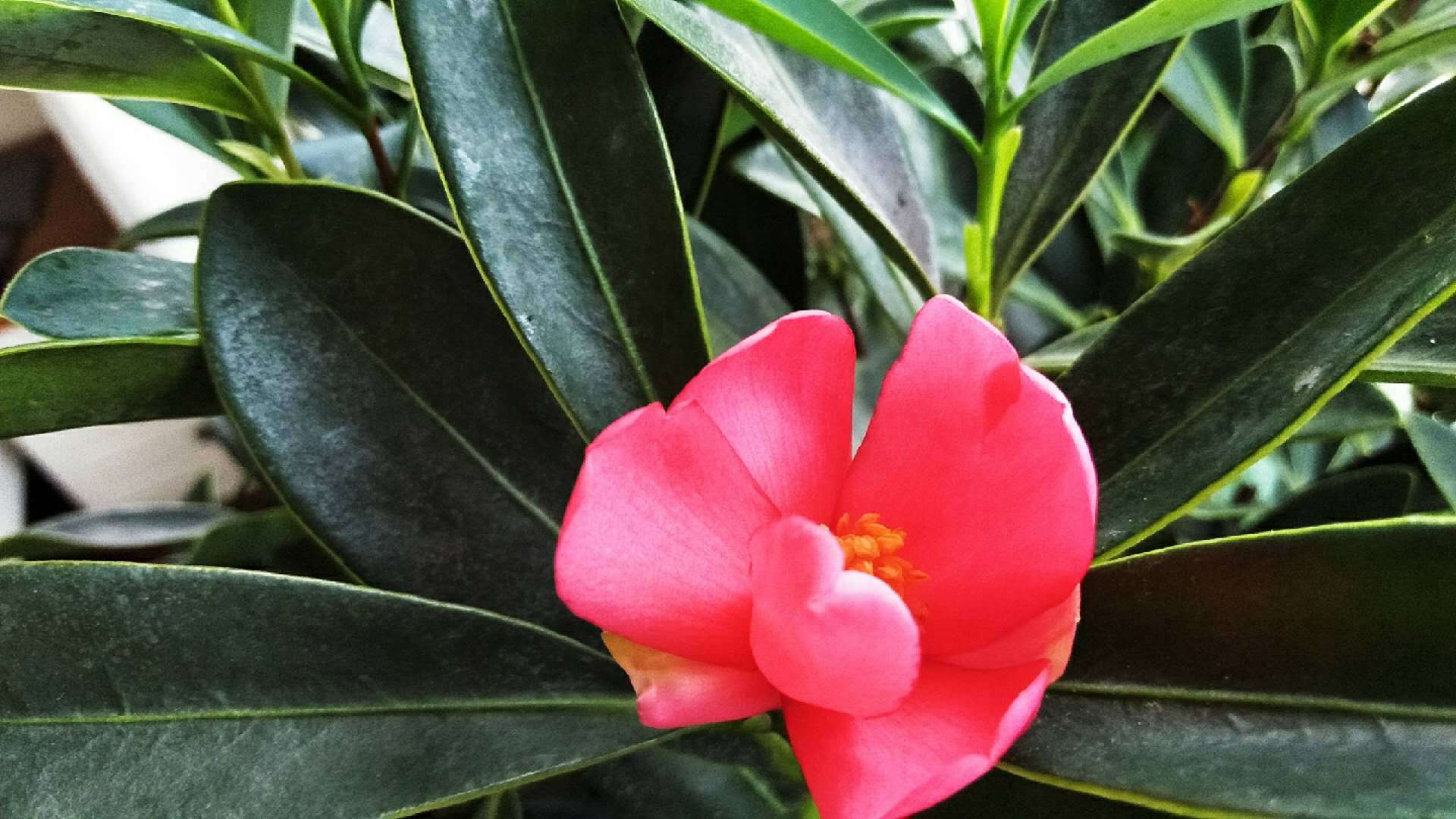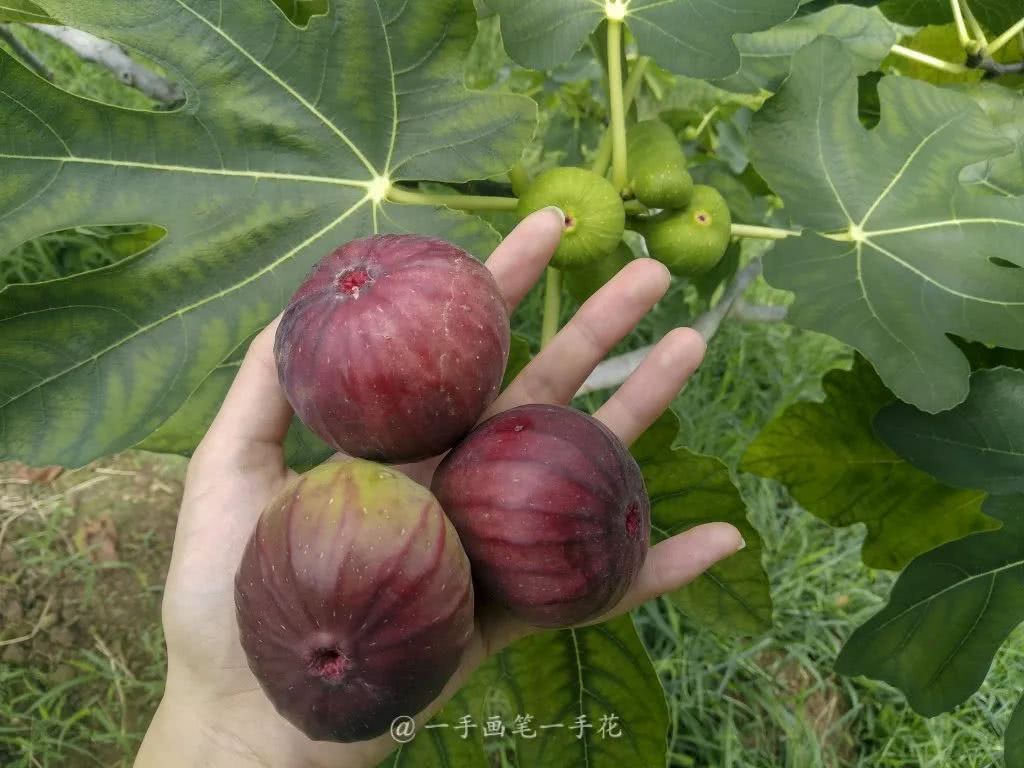Put a few grains in the orchid pot, which is better than anything else to make the new buds grow more and more prosperous.

Orchid is a relatively common flower, but also one of the famous flowers, many flower friends raise orchids as a baby, it is not easy to raise a flower early in the morning and in the dark. On the whole, orchids are relatively easy to maintain, as long as they master some of their growth habits and skills, they can grow more and more prosperous and sprout violently.
Flower friends who have raised orchids for many years are also very particular about choosing the fertilizer of orchids. Some use pine needles, some use soybeans, and some use stable manure. Then there is the most primitive fertilizer, directly using sheep dung. Although this fertilizer has a bad smell, it really works!
Sheep dung is a solid organic fertilizer, and there is basically no smell after exposure to the sun.
Now there are a lot of sheep dung sold in the flower market, although it is everywhere in the countryside and mountains, and no one wants it for nothing. But when they arrived in the city, they were sold at a good price. It is really specially bought to raise orchids, but it is not cheap.
Raising flowers with sheep dung can be said to be the most primitive fertilizer. Family plants, no matter what flowers and trees, especially crops, as long as some stable fat pig sheep manure, this organic fertilizer can make it grow stronger.
Because this kind of organic fertilizer is too effective, do not put too much at one time when raising orchids, otherwise it will burn the roots. In the first two days of fertilization, also remember to stop watering, and do not immediately water after fertilization, it is best to board for five or six hours, or simply water thoroughly the next day.
After fertilizing sheep dung, orchids grow more exuberantly, and even sprouts will emerge within half a month. But the new buds of orchids grow slowly after a few days of rapid growth.
At this time, orchids can stop fertilizing, especially nitrogen and phosphorus fertilizer, as long as more watering. Next, let's talk about the daily maintenance of orchids. Orchids like shade and are afraid of direct sunlight, so remember to shade orchids in summer. The soil of orchids is recommended in a slightly acidic environment that is loose and fertile and contains a lot of humus. Daily can often pour Amoy rice water to adjust the pH.
So much for the conservation of orchids. Thank you for your reading.
Remember to like and share.
- Prev

There is an ingenious way to raise camellias as long as you raise them like this, I don't believe you can raise them well.
Camellias are less adaptable than other flowers, especially newly bought camellias, which easily lose their leaves and buds. Then how can we raise camellias well? Today, Cheng Cheng shares his successful experience in protecting camellias with Da.
- Next

Who picked the sweet fruit?
Introduction to the author: one-hand brush and one-hand flowers: garden major, love plants and nature since childhood, look forward to always be engaged in plant-related work, only beautiful flowers and delicious food in the world can not be failed, Weibo @ one-hand brush and sweet figs ripe.
Related
- Wuhan Hospital Iron Tree Blooming Result Was Instantly Frightened by the Gardener Master
- Which variety of camellia is the most fragrant and best? Which one do you like best?
- What is the small blue coat, the breeding methods and matters needing attention of the succulent plant
- Dormancy time and maintenance management of succulent plants during dormancy
- Minas succulent how to raise, Minas succulent plant pictures
- What are the varieties of winter succulent plants
- How to raise succulent plants in twelve rolls? let's take a look at some experience of breeding twelve rolls.
- Attention should be paid to water control for succulent plants during dormant period (winter and summer)
- Watering experience of twelve rolls of succulent plants
- Techniques for fertilizing succulent plants. An article will let you know how to fertilize succulent plants.

